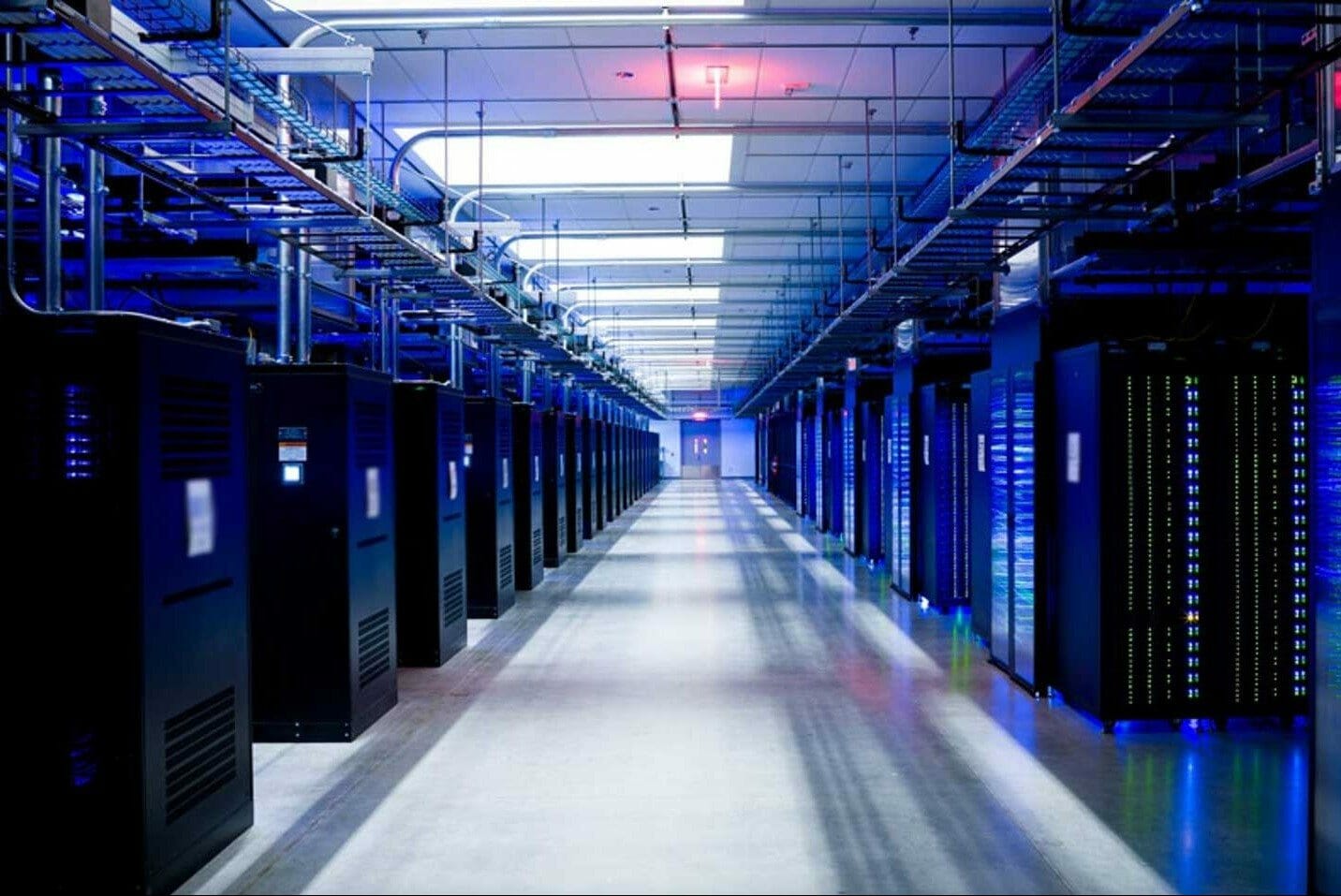Selecting a Colocation – It’s Not Just About How, But Also About When9 min read

The rapid pace of our evolving infrastructure is forcing data center administrators to make infrastructure decisions at a blistering pace. In fact, many organizations are re-creating their business plans around the direct capabilities of the modern data center. Here’s the important piece to understand – the proliferation of cloud computing IT consumerization have created the need for powerful, multi-tenant data center platforms. That means your infrastructure must be able to handle an increased density for new types of workloads.
As your users continuously demand more from your infrastructure – how do you adapt? At what point do you make environment-changing decisions to optimize and scale your data center? Although migrating a data center is no easy task, it’s very critical to understand when that decision must be made; not just how.
- When density becomes a problem. The data center platform is now designed to house more applications, users, and a lot more data. New types of workload delivery methodologies are cramming more users per server. Virtualization helps with the density challenge – but ultimately, these new types of workloads have to live within a hardware environment. If you’re struggling to find space in your racks even after deploying some high-density equipment – it’s time to consider something a bit bigger. Remember, rack space isn’t the only issue when it comes to user and workload density.
- When cooling, power and environmental controls must be improved. This one that you have to keep your eye on. Consider this – Cooling infrastructure consumes more electricity in a data center than any other facilities infrastructure component. To “right-size” a cooling infrastructure, simple improvements can be made to the room including:
- Sealing cable openings
- Installing blanking panels
- Adjusting both the number and location of perforated tiles
- Adjusting the position of a few cabinets
- Sealing spaces where cabinets were missing in a row
But what if we’re beyond simple fixes? Floor, rack and aisle airflow control within a data center are critical pieces to knowing when making a move to a new colo is the right step. Whether you’re working with an existing data center – or a new one – make sure you have a solid plan in place for airflow and environmental controls.
- When your business model begins to change. Your data center now directly impacts your business operations. Because of the impact of technology – the business model is evolving at a scorching pace. This means the data center must adapt as well. In some cases, this means bringing in more power, better racks, optimizing space, and improving how floor, rack and data center airflow is controlled. There will be times that you can bring some of these tools in house. Other times – it’ll be necessary for you to look at new data center options.
The data center platform has become an ever-evolving logical and physical component of the modern business organization. We’ve got greater levels of interconnectivity, a lot more data points, and more pieces joining the cloud every single day. In fact, mobility and the Internet-of-Things are directly impacting when organizations move to more efficient data center models. Consider these stats from the latest Cisco Visual Networking Index:
- Content delivery networks will carry over half of Internet traffic by 2019. Globally, Sixty-two percent of all Internet traffic will cross content delivery networks by 2019 globally, up from 39 percent in 2014.
- Over half of all IP traffic will originate with non-PC devices by 2019. In 2014, only 40 percent of total IP traffic originated with non-PC devices, but by 2019 the non-PC share of total IP traffic will grow to 67 percent. PC-originated traffic will grow at a CAGR of 9 percent, while TVs, tablets, smartphones, and machine-to-machine (M2M) modules will have traffic growth rates of 17 percent, 65 percent, 62 percent, and 71 percent, respectively.
- Global Internet traffic in 2019 will be equivalent to 64 times the volume of the entire global Internet in 2005. Globally, Internet traffic will reach 18 gigabytes (GB) per capita by 2019, up from 6 GB per capita in 2014.
- The number of devices connected to IP networks will be three times as high as the global population in 2019. There will be three networked devices per capita by 2019, up from nearly two networked devices per capita in 2014. Accelerated in part by the increase in devices and the capabilities of those devices, IP traffic per capita will reach 22 GB per capita by 2019, up from 8 GB per capita in 2014.
Understanding how to make a data center upgrade or migration is absolutely critical. Still, being proactive and knowing when to make that decision can make the entire process even easier. Make sure to understand the resource utilization requirements for your data center model – both today and in the near future.

1 Comment
Submit a Comment
Airflow Management Awareness Month
Free Informative webinars every Tuesday in June.







It’s also about validating the marketing claims about availability against the actual infrastructure. I have lost count of how many colocation providers misrepresent what they provide.